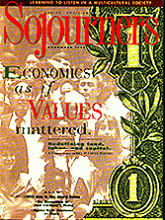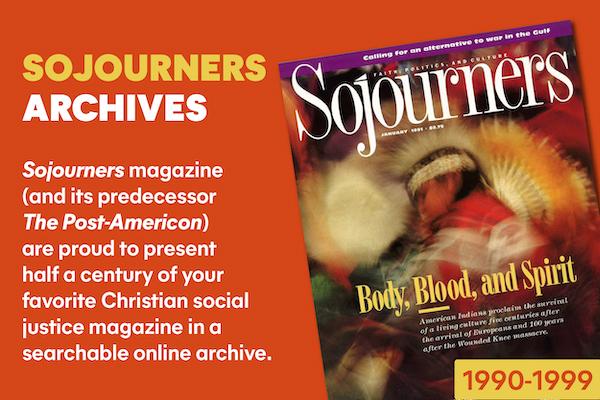THE HOUR HAS COME: In the midst of Jesus' final movement "out of the world," an eerie stillness overtakes the discipleship community. What will happen to the disciples? Who will lead them when Jesus is gone? How can they (we) face "the world" without Jesus' strong presence?
In response to these questions, the fourth gospel's Jesus lays out for his followers a thickly metaphorical path to follow after his departure that the disciples themselves misunderstand. The author's irony is nowhere more comic nor more deadly than in the farewell discourse that comprises chapters 13 through 17 of John.
Many readers and commentators are tempted to skip over the Last Supper discourse because of its apparent wordiness and imposing structure. However, without it, Johannine discipleship is cut loose from its moorings. An "aerial" view will give us a basic map of the terrain before we take a ground level look at the promises and hopes offered in this intricate narrative.
To begin with, let's look at the largest segments. The discourse is shaped as a large chiasm—a concentric structure—with five parts focused around repeating themes:
a) 13:1-32: Jesus' hour; the disciples' mission; God's glory
b) 13:33-14:31: going away; the "Paraclete"; asking in Jesus' name; peace
c) 15:1-25: vine and branches
d) 15:26-16:33: going away; the "Paraclete"; asking in Jesus' name; peace
e) 17:1-26: Jesus' hour; the disciples' mission; God's glory
Read the Full Article

